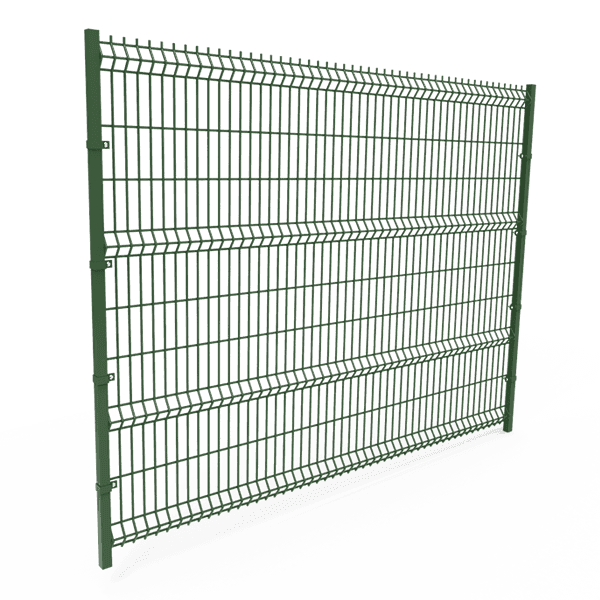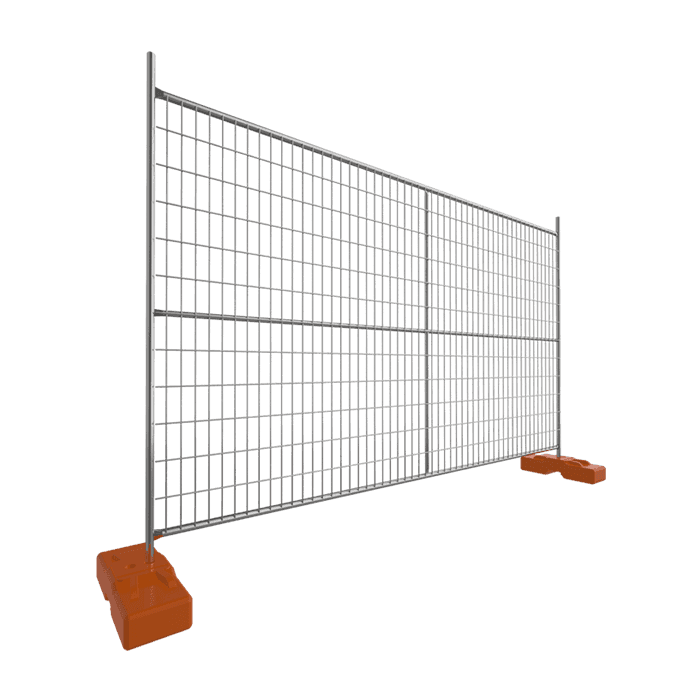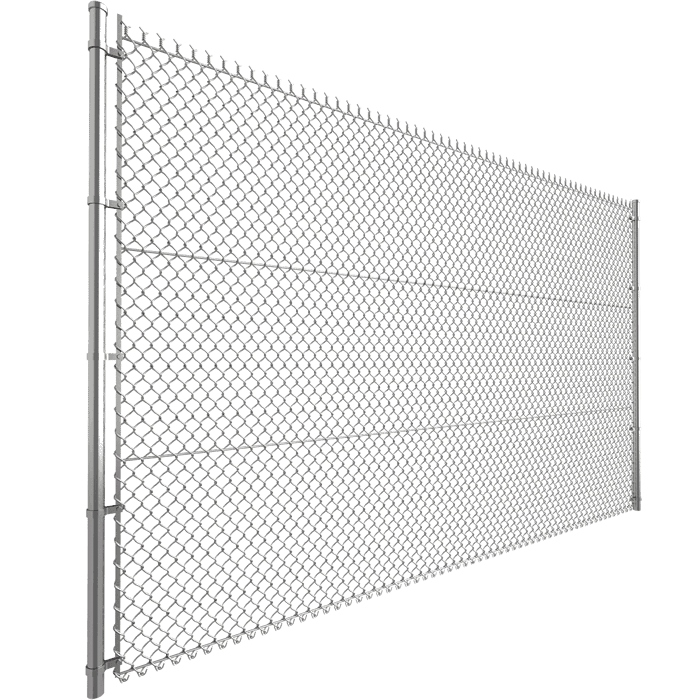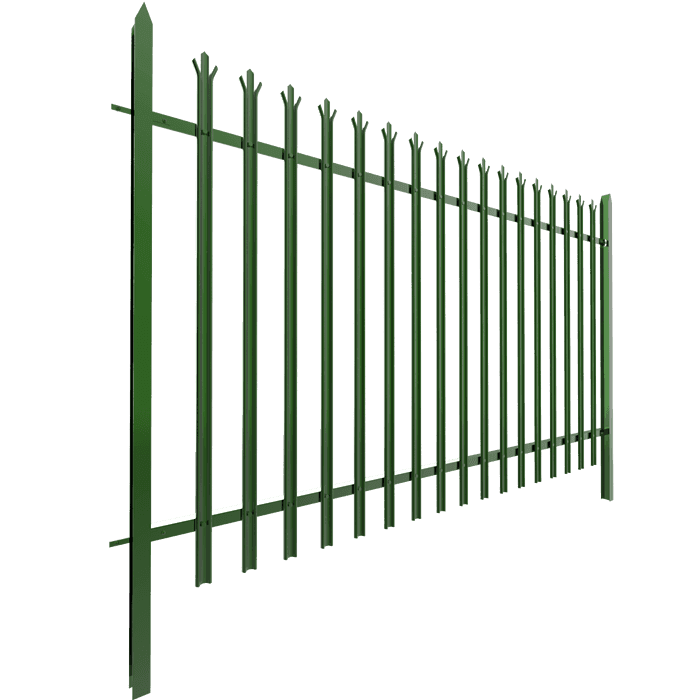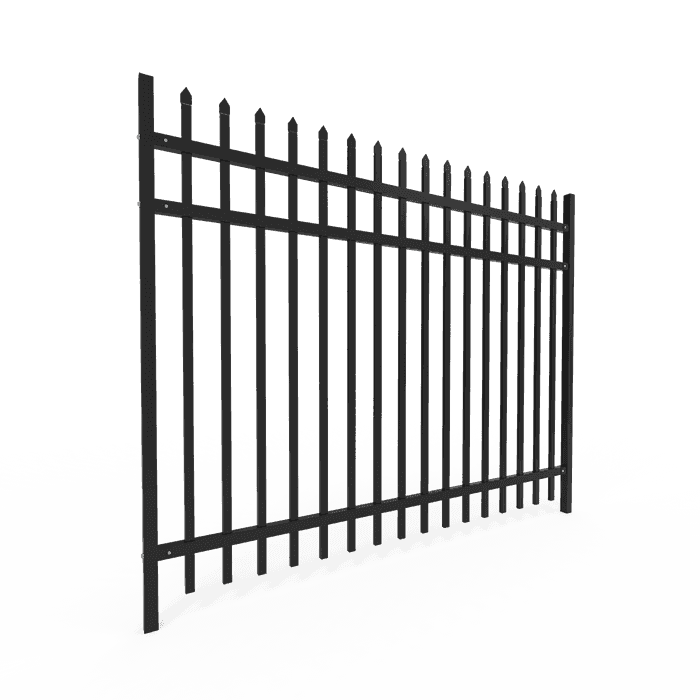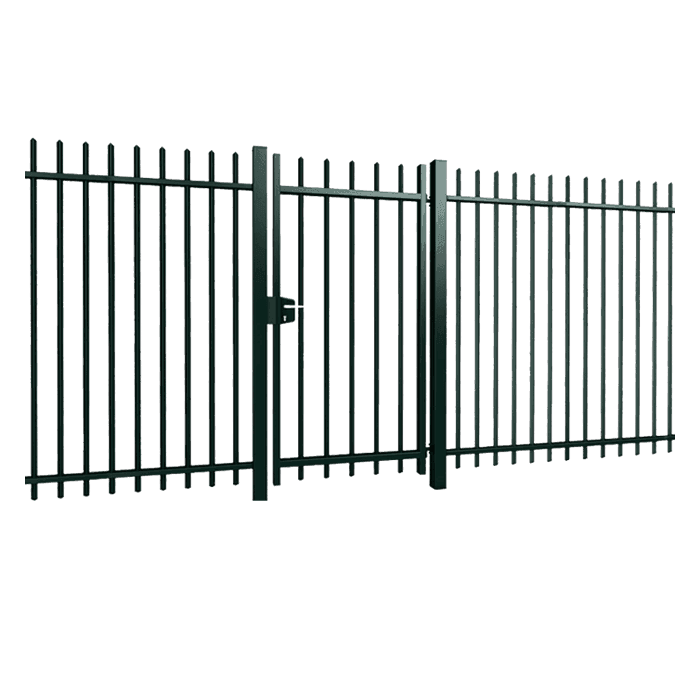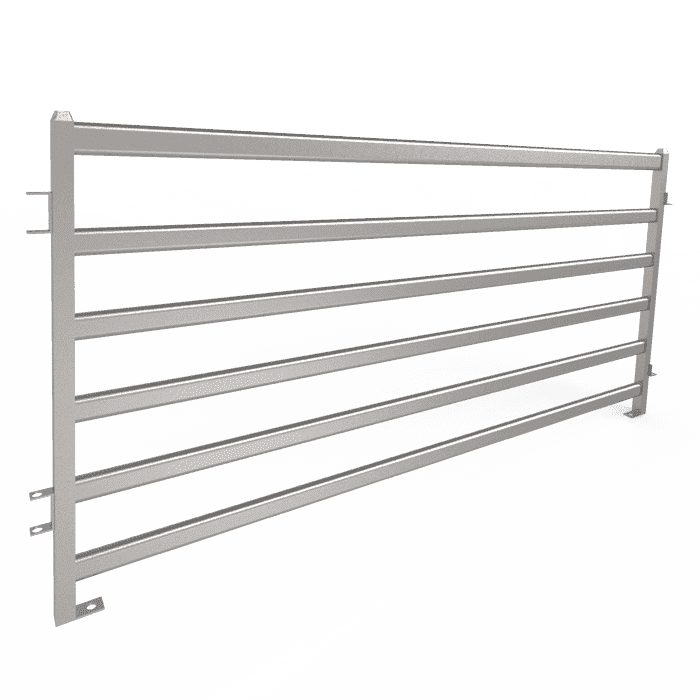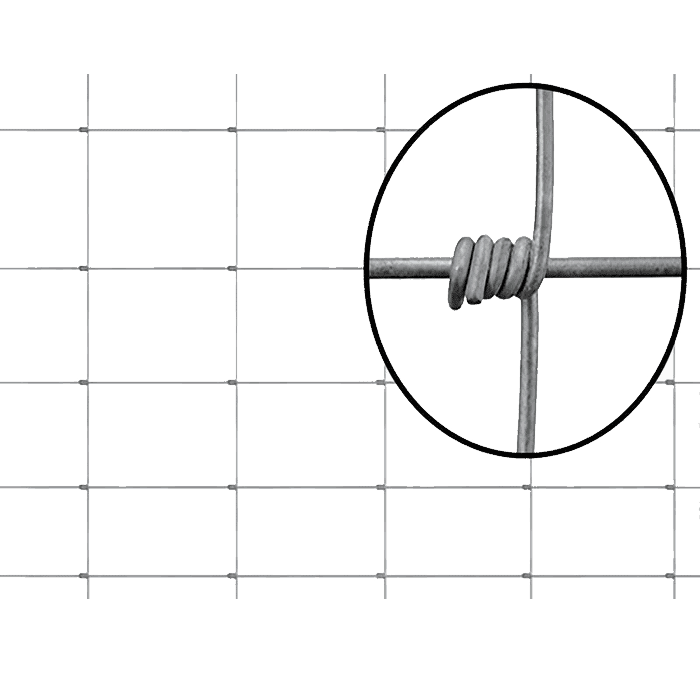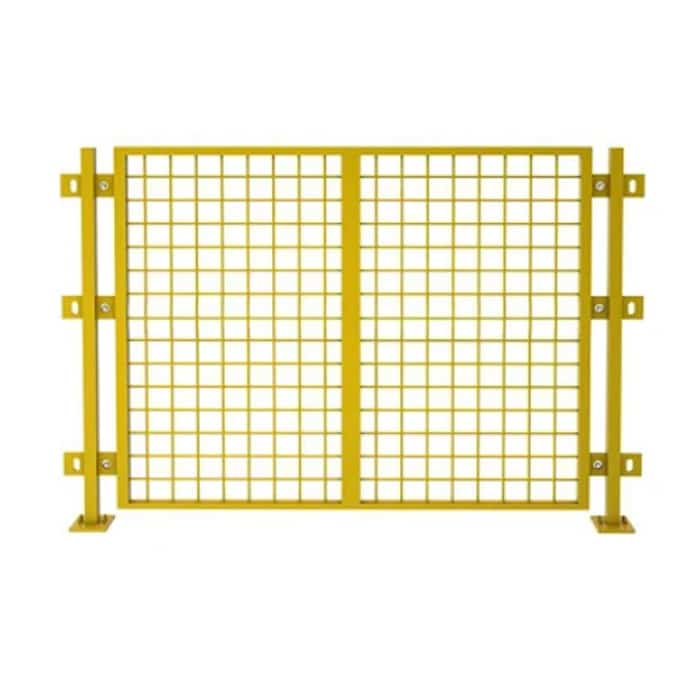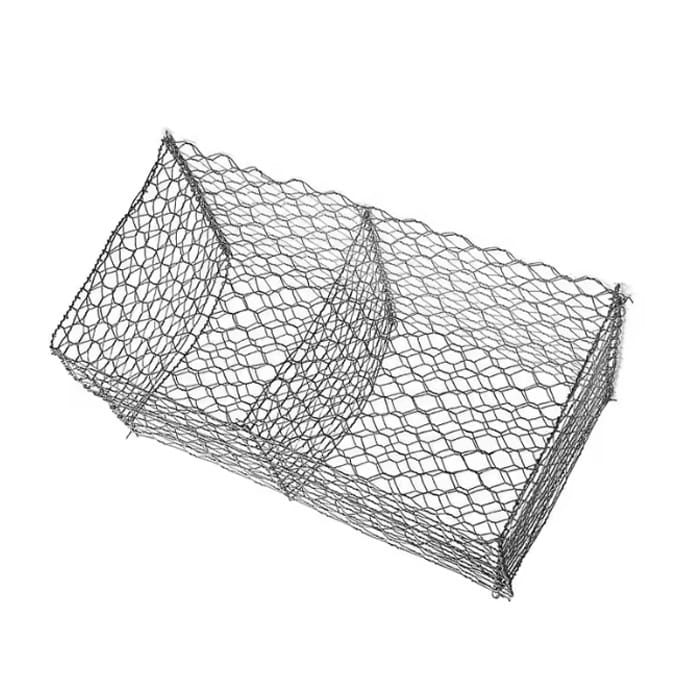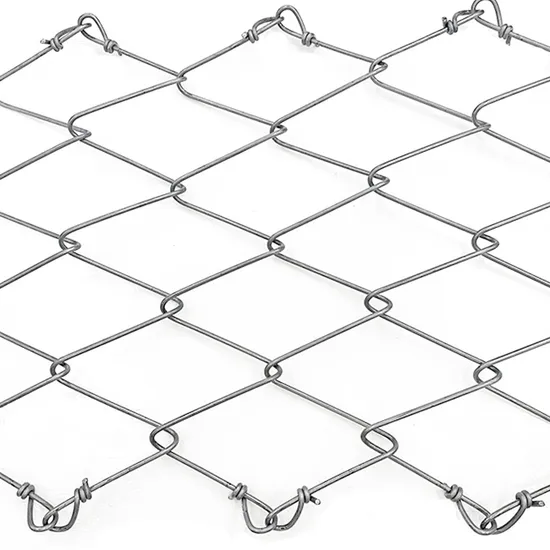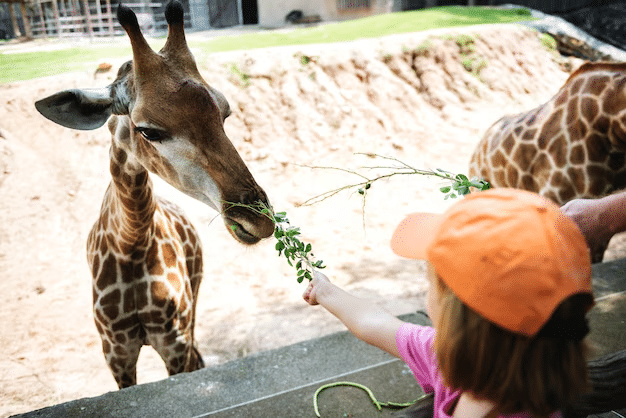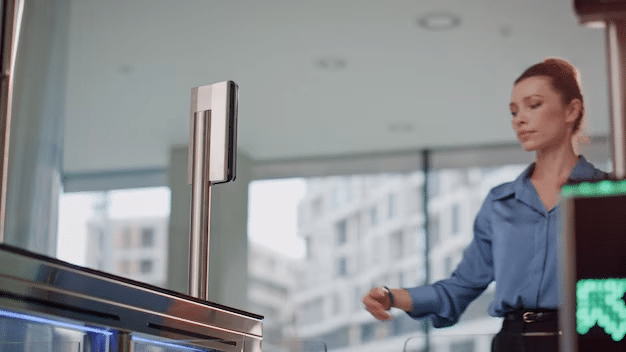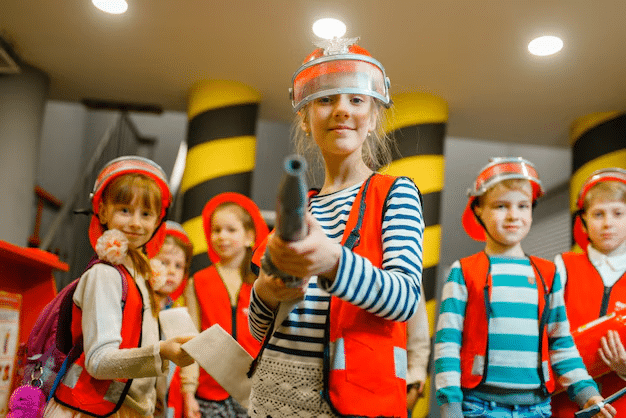Table of Contents
The San Francisco Zoo, once a beloved attraction, is now facing mounting criticism for its lack of security, outdated enclosures, and inadequate staff training. Repeated animal escapes, weak containment structures, and gaps in emergency preparedness have raised serious concerns about the safety of both visitors and animals. With aging infrastructure and inconsistent safety protocols, the zoo is struggling to meet modern standards. This article explores the security risks, staff training failures, and enclosure weaknesses that make the San Francisco Zoo a potential danger zone.
1. Wildlife Escapes: The Risks of Animal Enclosures at the San Francisco Zoo
Here is the explanation:
A History of Dangerous Escapes
Although maintaining wild animals in captivity is always difficult, at the San Francisco Zoo those difficulties have raised grave safety issues. Many animal escapes over time have endangered guests, employees, and the animals themselves. Older or neglected enclosures raise the likelihood of a breach—something this zoo has seen more than once.
One of the most notorious events occurred in 2007 when Tatiana, a 320-pound Siberian tiger, broke out from her cage and attacked three guests, killing one before police fired. The walls of the tiger enclosure were just 12.5 feet high—four feet lower than the Association of Zoos & Aquariums (AZA) advised height range. This indicated that the zoo’s enclosures fell short of contemporary safety criteria since the tiger could leap out with great ease.
A snow leopard escaped its enclosure in 2022, causing the zoo to go completely under lockdown. While personnel looked for the missing animal, visitors were hurried to secure areas. Fortunately, it was discovered later in the zoo, but the escape revealed even another weakness in the methods of containment for the institution. Experts noted that ageing infrastructure, inadequate modern safety reinforcements, and antiquated cages increased likelihood of this kind of escape.
Are Zoo Staff Prepared for an Emergency?
Beyond only ensuring the safety of the cage, there is great worry regarding the level of emergency handling training of zoo employees. Many San Francisco Animal Control and Welfare Commission employees, according to a 2024 report, had not received consistent instruction on revised escape routes. This puts personnel in a precarious position whereby they might not be ready to respond quickly in an emergency.
Every second matters when an animal breaks away. The likelihood of a scenario worsening rises without appropriate containment drills, quick reaction plans, and specialised emergency training. Not only is lack of preparation dangerous for humans, but it also increases the likelihood that escaped animals would be euthanised rather than securely recovered.
The Cost of Outdated Infrastructure
The ageing infrastructure of the zoo is the core of the issue. Many of the cages constructed decades ago fall short of contemporary safety regulations. San Francisco Zoo still depends on hand safety inspections and traditional fencing, unlike top zoos like the San Diego Zoo, which use reinforced barriers, electronic monitoring systems, and automatic lock-down cages.
While updating enclosures is expensive, neglecting the problem is far more expensive. Should another escape result in injuries—or worse, deaths—the zoo could find itself in major legal and financial hot water. More importantly, neglecting to modernise cages increases the unnecessary risk for visitors as well as for the animals.
2. Security Failures at San Francisco Zoo
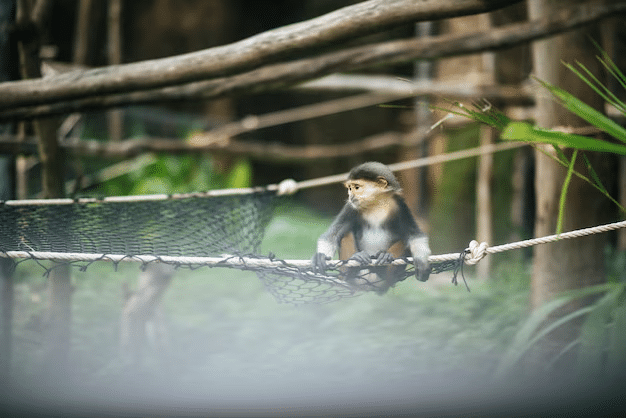
Here are the reasons of security failures:
Gaps in Perimeter Security
Visitors should feel comfortable in a zoo, so San Francisco Zoo has battled with major security flaws. Its perimeter fencing is one main concern since it has been attacked as antiquated and inadequate. According to a 2024 safety report by the San Francisco Animal Control and Welfare Commission, some areas of fence were dilapidated, poorly maintained, and in some cases insufficient to stop invasions.
Several breaches have result from these flaws. An illegal visitor was discovered trying to jump the zoo’s barrier late in 2018. Another time, vandals broke into the zoo grounds, which begged questions regarding the simplicity of entry for anyone. While other big cities have 24/7 surveillance and strengthened barriers in their zoos, San Francisco Zoo still depends on decades-old fencing that has shown to be unreliable.
Lack of Surveillance and Security Personnel
While modern security systems depend on real-time monitoring, San Francisco Zoo does not have a thorough surveillance system. Many places lack working security cameras, which makes tracking movements challenging or timely response to attacks challenging. This was underlined in a 2022 internal study which revealed that numerous cameras were either obsolete or non-functional, so creating blind spots in important places including public pathways and animal enclosures.
Furthermore raising questions is the zoo’s insufficient security staff count. San Francisco Zoo sometimes runs with a skeleton crew, particularly during non-peak hours, unlike bigger zoos like the Bronx Zoo, which has a committed security personnel on duty around-the-clock. This means that response times in an emergency can be slower than they ought to be, therefore increasing the risk to personnel and visitors.
Animal Enclosure Security Risks
Inappropriate control of dangerous animals is one of the most concerning security shortcomings. One of the most well-known events is the 2007 Siberian tiger escape whereby Tatiana, a 320-pound tiger, managed to jump out of her cage and murder a visitor. According to investigations, the enclosure wall was almost four feet below advised guidelines, allowing the tiger to flee.
This wasn’t a one-off incident. A temporary escape from its enclosure by a snow leopard in 2022 set off a zoo-wide lockdown. Eventually the animal was found on the grounds, but the episode begged major questions regarding whether cage security had really improved since the tragedy of 2007. Many of the zoo’s animal enclosures have not been much changed in decades, allowing space for future accidents.
Emergency Response Failures
The zoo’s emergency response system has demonstrated serious flaws even in cases of security lapses. Staff members lack regular emergency training, according to a 2024 safety assessment, which slows down reactions to animal escapes or human invasions than they should be. San Francisco Zoo has been under fire for lacking a well-rehearsed response strategy, unlike other airports or other public venues that do regular drills.
Visitors have also expressed worries on the absence of explicit evacuation protocols. People find it challenging to know where to go in an emergency since signages in many places are either absent or confusing. San Francisco Zoo’s readiness feels antiquated and inadequate when compared to zoos in locations like San Diego, where obvious exit routes and emergency communication systems are in place.
3. Staff Training Issues at the San Francisco Zoo

These are the main staff training issues at this zoo:
Inconsistent Emergency Response Training
Whether it’s a medical emergency or an animal escape, staff members at a zoo must act fast and precisely when something goes wrong. At San Francisco Zoo, emergency response training is antiquated and uneven, though. Some employees have complained that some of their colleagues have not attended regular exercises or refresher training in years, thereby lacking readiness for important events. Many workers were not aware of the precise procedures for containing an escaped animal, according to a 2024 safety audit, thus crucial time could be lost during a real crisis.
San Francisco Zoo lacks a disciplined, continuous training program unlike other top zoos like San Diego Zoo, which does monthly emergency drills. Hesitancy can cost lives in high-risk settings like these, human as well as animal. Effective staff response is seriously impaired without regular drills and well defined action plans.
Lack of Proper Handling Training for Dangerous Animals
While handling wild animals calls for specific understanding, many San Francisco Zoo staff members lack appropriate background in this field. Professionals advise staff members at zoos to have practical instruction in animal behaviour, restraint methods, and de-escalation tactics. A 2023 internal study, however, revealed that several workers in charge of dangerous species—big cats and monkeys among others—had never received official instruction on handling hostile animal behaviour.
Past events make this problem extremely worrisome. Zookeepers were not ready to handle the situation in 2007 when Tatiana, a 320-pound Siberian tiger, fled. Police personnel had to intervene and kill the tiger, a catastrophe that might have been prevented with improved staff training in confinement methods. Has anything truly changed if the employees lacked knowledge on what to do?
Short Staffing and High Turnover
It’s about having enough qualified personnel to start with, not only about training. Employee retention problems at San Francisco Zoo have caused great turnover and regular understaffing problems. While many jobs call for years of expertise and training, new hires sometimes get little instruction prior to being assigned high-risk duties when staff members depart.
With staff members citing low compensation, inadequate management, and lack of professional development chances as main causes of departure, a 2022 personnel study showed that the zoo had among the highest turnover rates among large U.S. zoos. A revolving door of unskilled workers implies always a learning gap, which raises the possibility of mistakes in handling animals or handling crises.
Insufficient Medical Training for Animal Care Staff
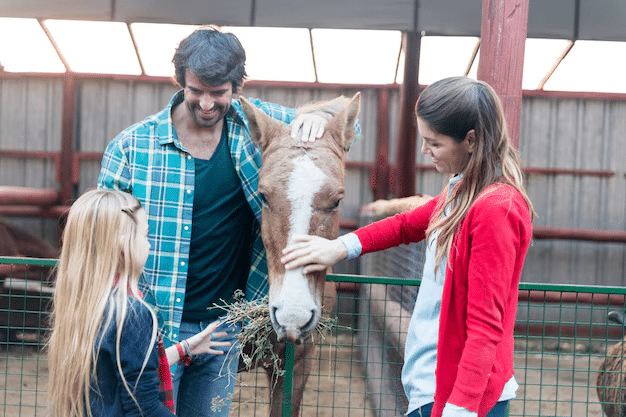
Taking care of zoo animals calls for more than simply food and enclosure upkeep. Staff members must have basic medical understanding to spot early animal disease, stress, or injury. Many of the zoo’s keepers, meanwhile, have not lately received revised medical training.
According to a 2023 inspection report, at least three occurrences of delayed appropriate veterinarian assistance resulted from zookeepers at the San Francisco Zoo not being educated to identify vital indicators of suffering in some animals. One case was an elderly giraffe with obvious symptoms of a joint infection; treatment was delayed due to staff ignorance of the symptoms, resulting in the animal’s demise. This is an animal welfare problem, not only a personnel one.
Poor Communication Between Departments
Strong communication among veterinary experts, security teams, and animal care staff is what keeps a well-run zoo running. Reports indicate, sadly, San Francisco Zoo suffers with internal communication problems. Important safety updates and operational changes have reportedly not always been successfully communicated by staff members, which results in uncertainty and mismanagement during critical events.
One zoo keeper who spoke with in 2022 said that a new strategy for managing emergency animal escapes was unknown to the security personnel, which would have caused a dangerous delay in reaction time. In an establishment housing wild and erratic animals, this kind of miscommunication is unacceptable.
4. Are San Francisco Zoo’s Enclosures Secure?
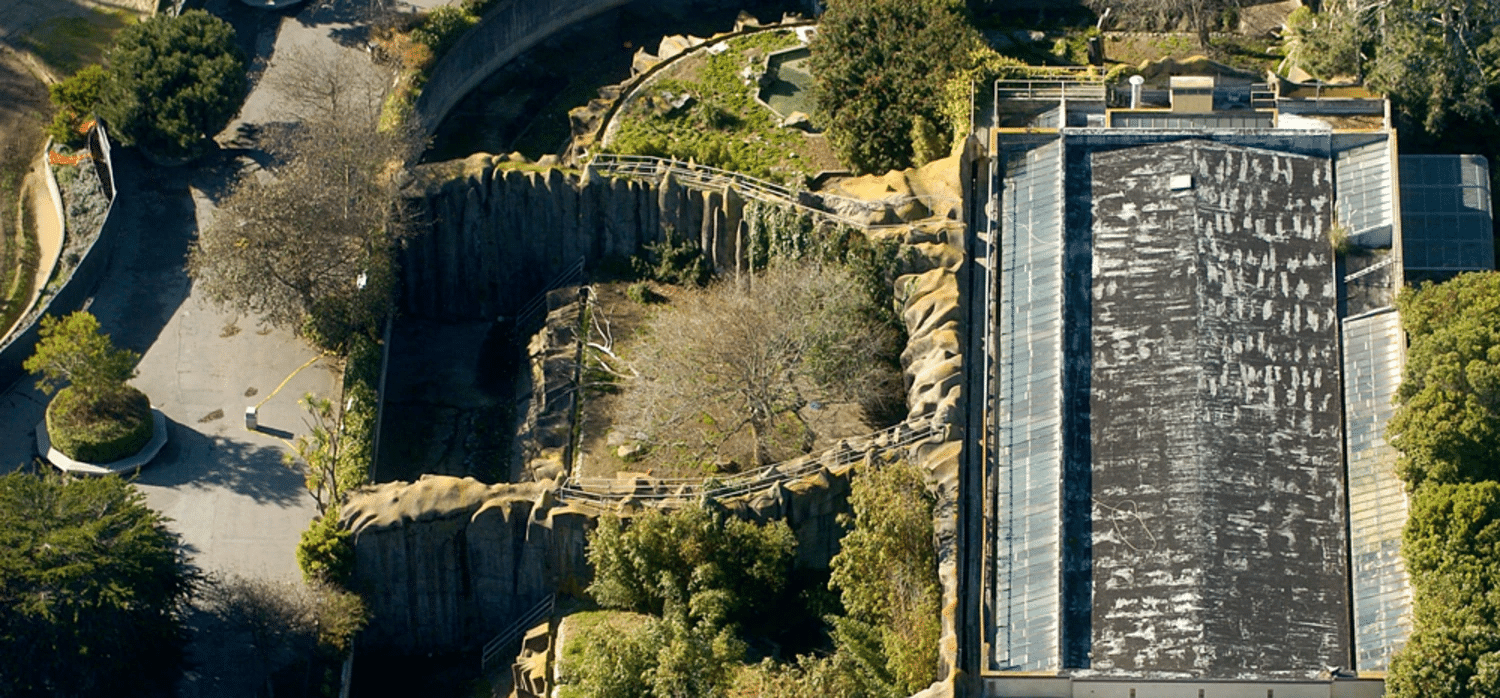
Here is the answer to your question:
Aging Infrastructure and Weak Barriers
The enclosures at San Francisco Zoo are designed to keep animals securely within and shield guests from any harm. Many of these restrictions, meanwhile, are antiquated and fall short of contemporary safety guidelines. A safety check for 2024 found that numerous enclosures had not been strengthened in decades, therefore raising structural risk. Unlike zoos with modern containment techniques, San Francisco Zoo still depends on ageing fences, glass panels, and antiquated moats—some of which have obviously showed deterioration.
Concerns over whether these constructions can endure the whole force of an animal have been raised by visitors complaining of obvious glass barrier cracks, rusting fencing, and crumbling enclosures. Testing an enclosure for a leopard or a gorilla should not be a gamble; rather, it should be a guarantee that the building is sound. Reports show, however, numerous high-risk animal enclosures still fall short of industry safety standards.
Escape Incidents Highlight Security Failures
The most well-known failure occurred in 2007 when 320-pound Siberian tiger Tatiana broke out from her cage and killed a guest. It was found following the attack that the barrier protecting the tiger habitat was four feet below the minimum advised height. This allowed the tiger to leap out, therefore demonstrating that the security protocols in the zoo were not as perfect as they ought to have been.
A snow leopard broke out from its confinement in 2022, leading to facility lockdown. Though the animal was subsequently discovered on zoo premises, it begged serious questions regarding the ease with which a wild predator could escape its confinement. Should an animal intended for containment walk free, the issue is not whether another event would occur—that is, when.
Weak Containment for Large and Dangerous Animals
Among the most strong creatures kept in the San Francisco Zoo are lions, tigers, and bears; nonetheless, many of their enclosures are designed to antiquated standards. Double-layered containment systems, strengthened steel fence, and computerised security systems have been investments made by zoos all around—including the San Diego Zoo and Bronx Zoo. San Francisco Zoo still employs, by comparison, manual gate locks, single-layer fences, and outdated enclosures spanning decades.
These lesser barriers, according to experts, endanger people as well as animals. Should a fence degrade or a lock break, a single breach can cause an unforeseen and catastrophic scenario. Although modern zoos understand the need of certain safety precautions, San Francisco Zoo has been sluggish in changing.
Poorly Designed Barriers Increase Visitor Risk
Not every San Francisco Zoo enclosure separates guests from animals as successfully as it should. Certain ecosystems increase the possibility of unintentional human-animal contact by depending on old viewing platforms, low railings, and open-air barriers. Tragic death resulted from a little child falling into the African wild dog exhibit at the Pittsburgh Zoo in 2012. While zoos all over were warned by that catastrophe, San Francisco Zoo has not made any major changes to its own enclosures to stop such mishaps.
The habitat of the gorilla is one alarming example; the main barrier there is a tiny moat mixed with glass panels. Although this arrangement would seem to be sufficient to contain a full-grown adult male gorilla in a worst-case situation, experts have expressed worries on whether it would be enough. The risk stays rather high without an additional degree of control.
Lack of Surveillance to Monitor Enclosure Security
Modern surveillance and monitoring devices are just as important in a well-kept zoo as physical barriers. For most cages, San Francisco Zoo does not have real-time monitoring, hence staff members must frequently rely on hand inspections rather than automated alarms. Early evidence of cage problems are more difficult to find in a 2023 internal assessment on many of the zoo’s surveillance cameras, which were either non-functional or too outdated to offer clear footage.
Modern zoos observe aberrant animal behaviour or find weak areas in enclosures before they become a concern using motion-sensor cameras, infrared monitoring, and automated alert systems. Conversely, San Francisco Zoo still mostly depends on visual examinations, which raises the possibility of overlooking a crucial problem.
Conclusion
The history of safety lapses at the San Francisco Zoo serves as a warning flag rather than only a set of regrettable events. Older enclosures, security lapses, and inadequate staff members expose hazards that can cause another sad event. San Francisco Zoo lags behind other zoos even if other ones have made investments in strengthened barriers, improved surveillance, and thorough training. Visitors, staff, and animals will remain in danger without quick upgrades and rigorous safety changes. Before another avoidable calamity strikes the zoo, its first concern should be ensuring safety.

